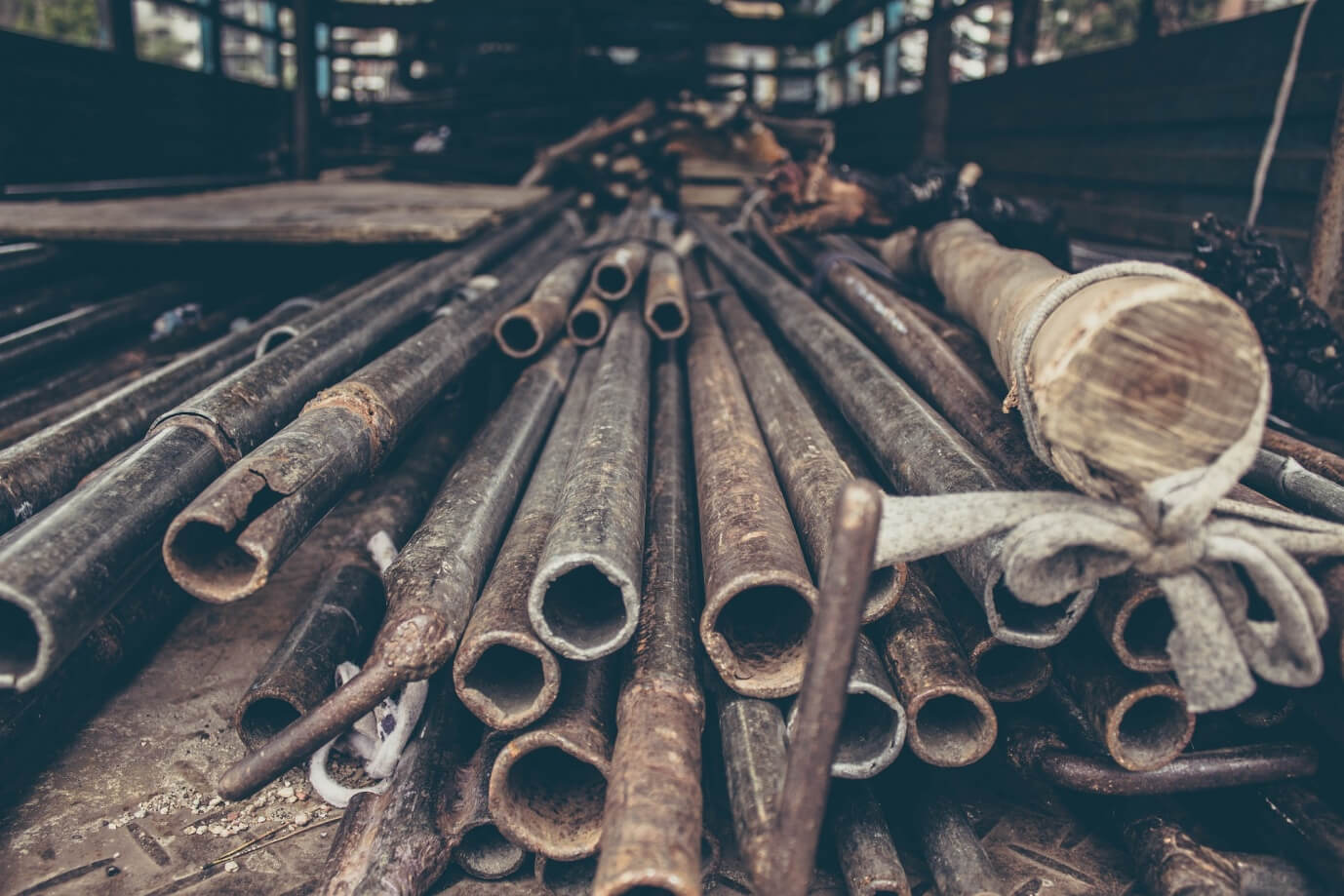How old pipes, gasoline and industrial waste "spice up" our drinking water.
Heavy metals are different
Heavy metals are generally the elements heavier than ferrum in the periodic table. Some of them are necessary for human metabolism, such as organic compounds of iron, cobalt, copper, and zinc. However not all organic compounds of heavy metals are beneficial, and those which do not exist in water and can only be found in the food. From water, we can only consume dangerous inorganic compounds as well as a whole range of other heavy metals which should be avoided by any means. This range is called xenobiotics as it dramatically harms all forms of life; lead is one example of a xenobiotic.
The old frenemy of humans
Lead has been widely used by humanity since ancient times; Romans were able to utilise lead to create an intricate piping system. Later on, significant technological advances of numerous industries benefited from using lead, and during the 20th century, it has been used in various industries around the world including petroleum, paints and even ceramic products. Active lead contamination of the environment has also taken place in countries with highly developed economies, strong automotive industries, and densely populated urban areas.
Only relatively recently has it been considered a threat to human health, starting with the banning for example of lead in vehicle fuel emissions. Tetraethyl lead, also known as TEL, used to be a very popular means to improve the octane rating of petrol/diesel for increasing a vehicle's efficiency. Through the history of its active usage from the 1920’s to 1970’s, engines have released enough lead to contaminate the environment. Although this type of contamination refers to airborne lead it is not only inhaled by humans and animals. After emission, it stays in the earth, reaching ground waters and affecting our drinking water in a similar manner to an industrial plant carelessly disposing of its waste
Lead water pipes vs latten pipes
One of the largest sources of lead in drinking water is from lead pipework, now prohibited. Many older homes still use old pipes and fixtures that contain lead. Only in 1986 in the USA did the Reduction of Lead in Drinking Water Act finally address its use with products that come in contact with water, including underground water pipes. As old lead pipework in many regions of the world decay they can emit lead into tap water.
The safety of water at home might be better understood by knowing the age of the water supply infrastructure. Even if your house has new pipework the municipal system is still a mystery as even these new pipes which comply with new standards are under question. Nowadays lead-free brass pipes and latten taps and fittings are actively used in households and municipal water systems. Latten is a derivative of brass, but brass as an alloy of copper and zinc, can emit toxic compounds as they are considered to be heavy metals. Copper is considered a less dangerous material for pipes than lead, but it should be avoided for wide-scale use in water networks.
Other examples of heavy metals like copper are cadmium, cobalt, and mercury which can occur in water supplies as a result of industrial and consumer waste. Remember, it is not possible to smell or taste heavy metals in drinking water so you won’t feel the exposure while it’s happening. To find out precisely what’s in your water supply, you should contact your local water authority or arrange a test in a private laboratory.
Children’s health care above all
As mentioned earlier, no beneficial compounds of heavy metals can be transported in water. Compounds of lead in water are toxic even in small concentrations and can accumulate in bones, and with time heavily affect both the central and peripheral nervous systems. Among the health dangers of lead are anemia, brain damage, and kidney failure. Children are five times more prone to absorb lead than adults. Note that drinking water accounts for 20% of total lead exposure in adults but up to 60% in infants. The smaller a child is the faster the bio-accumulation process occurs. Pre-natal influence of lead is also very hazardous and causes higher rates of birth defects, lower IQ, hyperactivity and other developmental or mental disorders.
No safe lead exposure level exists
Some metals, including iron, zinc, selenium, and copper are vital for health and play an important role in biochemistry. Heavy metals like lead, mercury, and arsenic are toxic in low concentrations, they are not essential for the body and tend to accumulate in human tissues throughout our lifetime. A safe level of lead exposure is zero. Regarding lead in water, ingestion is usually the main exposure source. Showering is considered generally safe given that lead does not usually seep into the skin. Still, it is recommended not to use water immediately after turning on the tap; it is better to let it run for some time before drinking, taking a shower or washing the dishes.
For reliable protection from lead in drinking and cooking water, you should choose a filter which specifically addresses this type of contamination. Aquaphor has Aqualen technology which effectively reduces heavy metals while retaining any useful minerals. This advanced technology can be found in our highly convenient range of filter jugs and advanced reverse osmosis systems.
* https://www.epa.gov/dwreginfo/lead-and-copper-rule
**http://www.mayoclinic.org/diseases-conditions/lead-poisoning/diagnosis-treatment/diagnosis/dxc-20275068
*** General Information about Lead in Drinking Water https://www.epa.gov/ground-water-and-drinking-water/basic-information-about-lead-drinking-water
 English
English
 English
English
 English
English

 ქართული ენა
ქართული ენა
 Русский
Русский
